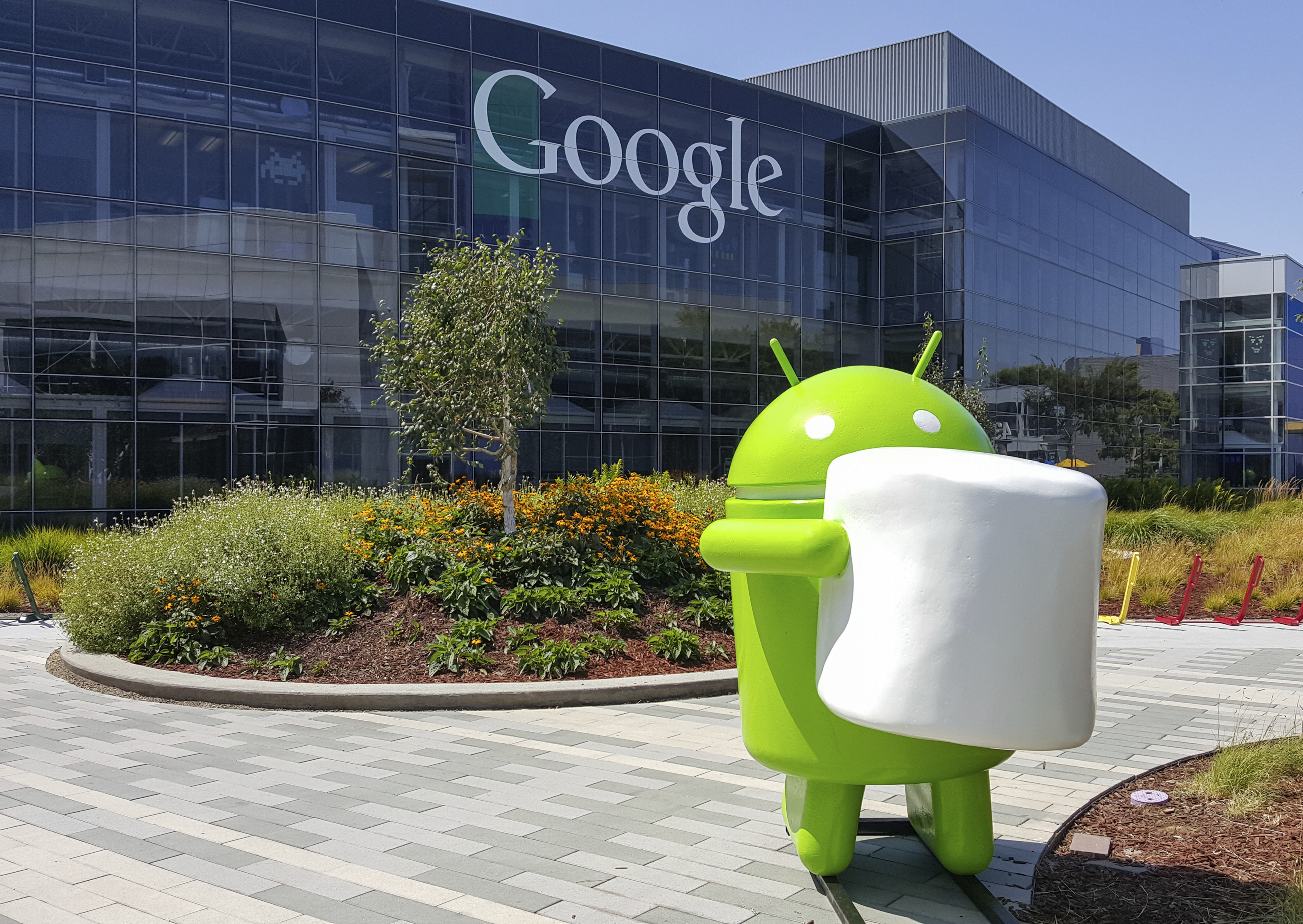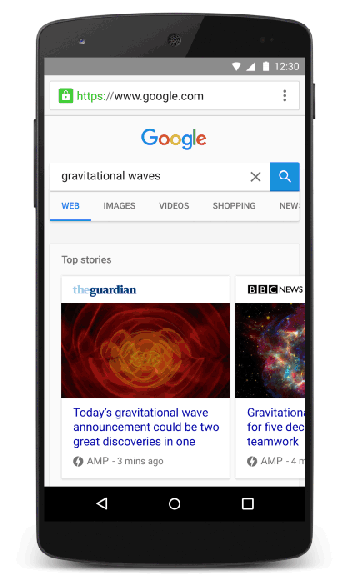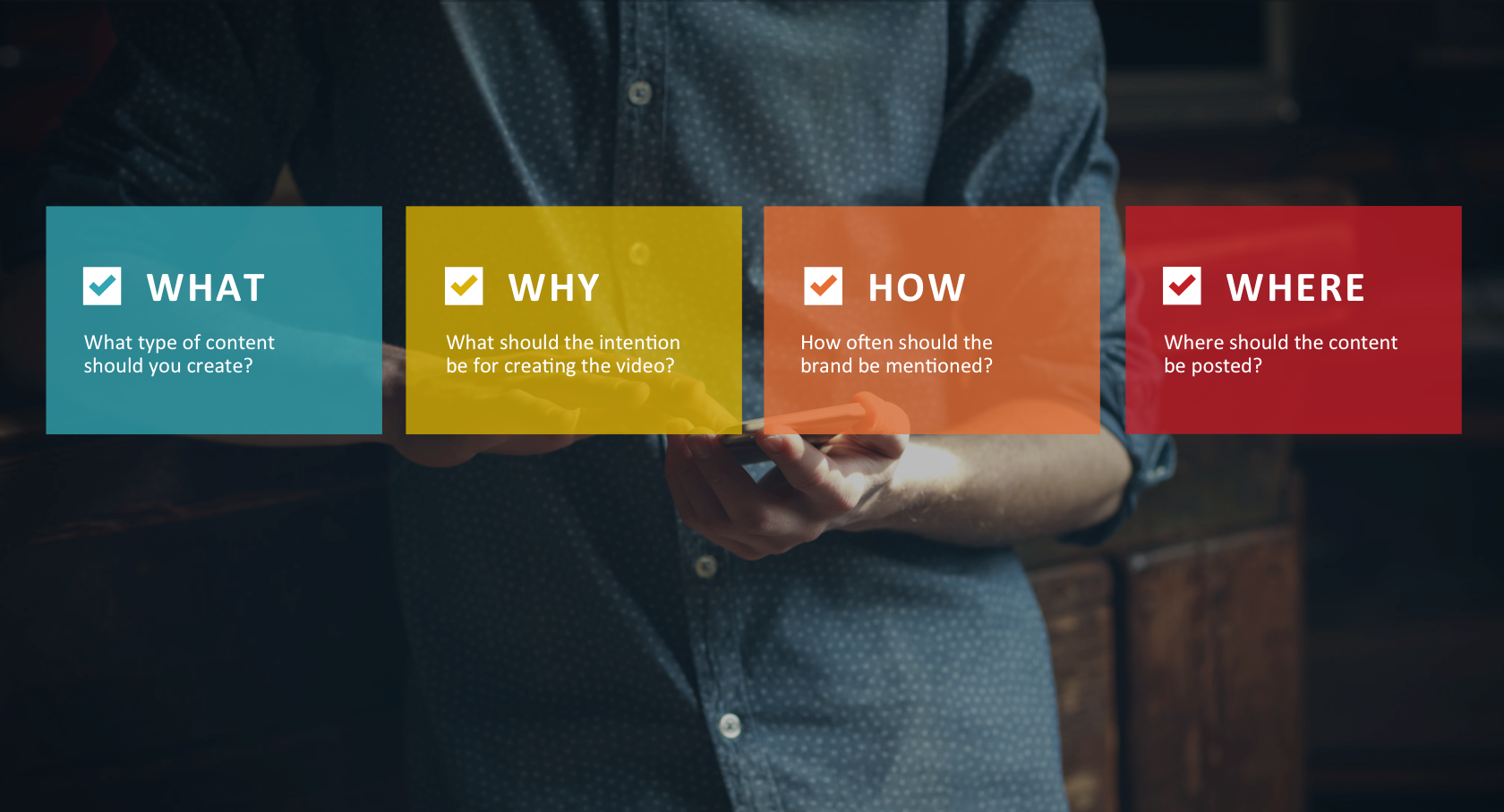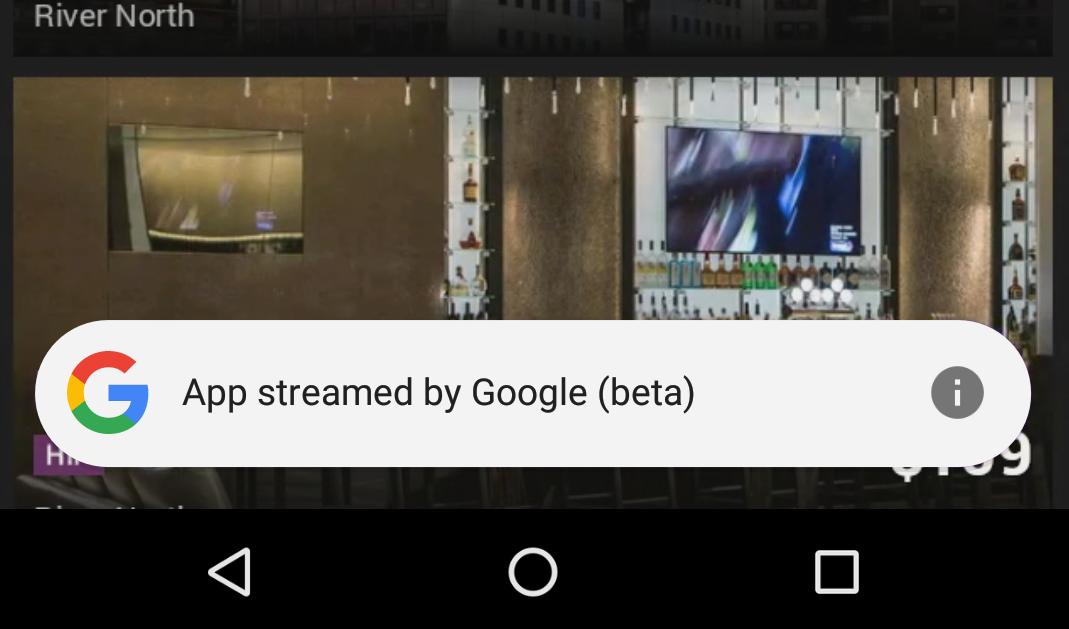What Happened
Google has stepped up its ad measurement game with the launch of Analytics 360 Suite, a set of data and analytics products to help brand marketers better engage consumers during “micro-moments,” i.e. the brief moments when customers are actively searching for a solution and are most open to brand messages. The suite consists of six ad products, including a data management platform, a testing and optimization tool, and a visualization product for generating reports and building dashboards, all designed to provide actionable insights on how to reach customers in those small windows of engagement.
What Brands Need To Do
While this new enterprise-facing suite does not come with any ground-breaking features, it should be a helpful tool for brands to monitor purchase intent and sharpen their ad focus on a solidified ad platform. For brands looking to connect with today’s easily distracted consumers in “moments that matter,” this new suite should be worth a try.
Source: Marketing Land










